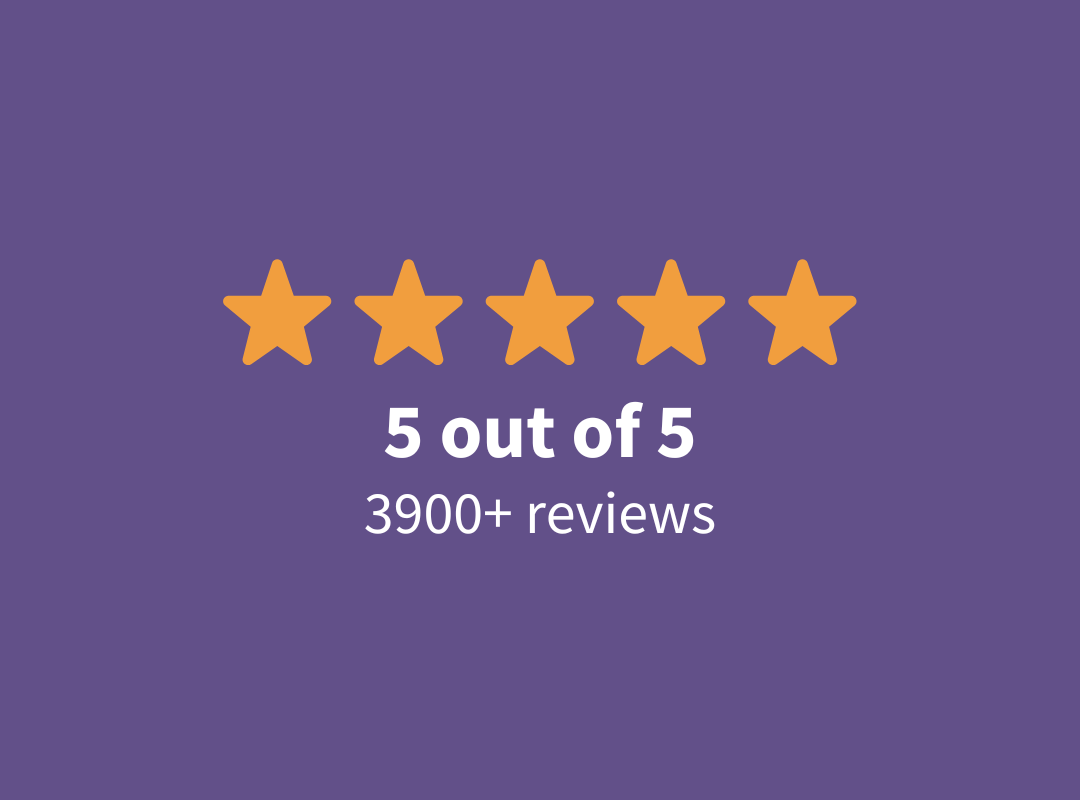The Biden administration’s Saving on a Valuable Education (SAVE) plan was supposed to make federal student loan consolidation a no-brainer. Under the new rule, you’d get credit based on the weighted average of payment counts across all loans you included in the consolidation.
Due to court rulings, this weighted average rule is now on hold. We’re now back to the student loan consolidation rules pre-COVID — rules that treat a consolidated loan as if it has 0 credit towards forgiveness under income-driven repayment (IDR).
In short, this means consolidating your loans can wipe out all your progress toward IDR forgiveness — at least for some borrowers.
But consolidation isn’t off the table for everyone. Three categories of borrowers right now should consider student loan consolidation.
We’ll cover these three borrower types and explain who should consider consolidating right now.
How student loan consolidation could hurt you
When you consolidate federal student loans, you are turning many federal student loans into one federal consolidation loan on the Student Aid website. This gives you the weighted average interest rate and a new single loan from the federal government.
If you get all of your loan payment credit wiped when consolidating under these new post-court action rules, you could lose years' worth of credit towards forgiveness.
This currently only applies to borrowers going for IDR forgiveness, as Public Service Loan Forgiveness (PSLF) consolidation technically still gets weighted average credit at the moment I write this (May 2025).
Now, let’s tackle the three types of borrowers who might still benefit from consolidating their federal loans.
1. PSLF borrowers (but it might be smart to wait a few months)
If you’re working toward PSLF, consolidation might sound appealing — especially if your loans have different amounts of credit toward forgiveness.
During the PSLF waiver from 2022 to 2024 (including the IDR waiver period), any borrower who consolidated got credited with the loan that had the highest amount of credit. That was a huge benefit for borrowers hoping to sync everything up and speed toward forgiveness.
But in the new PSLF rule created by President Biden in 2023, that approach changed. Now, consolidation gives you a weighted average of your existing credit, not the full count from your best loan.
While this rule is not on hold, it could be tossed by the Trump administration during the negotiated rulemaking period going on in 2025.
That committee will create new rules, and they could potentially undo this rule and take things back to the old system pre-pandemic, which treated your PSLF credit as 0 if you consolidated.
Borrowers with PSLF-eligible loans that have different amounts of credit might want to consolidate to get all their loans forgiven at the same time.
But borrowers should probably wait at least a few months until the negotiated rulemaking committee releases draft regulations of their plans for PSLF, just in case.
2. New borrowers (this is the likeliest consolidation case)
Usually, consolidating your federal student loans right after graduation is a good idea. The reason is that you have a six-month grace period if you do nothing, but you can often get into repayment after as little as two months with consolidation.
By consolidating early, you can use your prior-year tax return, which likely shows very little income since you were a student, and that could lock in a payment of $0 a month — giving you credit towards IDR and PSLF earlier, which saves you larger payments later.
The only problem with this strategy now is that some borrowers will want to refinance their loans if the Republican proposed changes to student loans occur that make it harder to get forgiveness.
In that case, you’d like to be able to refinance your highest interest rate loans to a lower rate, while possibly keeping the lowest interest rate loans.
This would generate more savings than if you consolidated.
But this strategy only helps if you need to pay down your loans versus going for forgiveness.
So any newly graduated borrower who expects to have twice their income in debt or more should likely still consolidate. Others should be more careful.
3. Parent PLUS borrowers (double or single consolidation)
It used to be the case that Parent PLUS borrowers could consolidate twice to get on the Pay As You Earn (PAYE), Revised Pay As You Earn (REPAYE), or SAVE repayment plans and go for forgiveness.
Technically, that was supposed to be the case until July 1, 2026, but with the glacial pace of servicer processing right now, the double consolidation cannot be guaranteed for any borrowers attempting it between now and July 2025.
Furthermore, all borrowers on PAYE, SAVE, and New IBR could be moved into the Old IBR plan if the House GOP plan were to pass.
But only Parent PLUS borrowers who have already consolidated at least once can qualify to be moved into the Old IBR plan. And if the Republican bill passes, that option could disappear entirely for anyone who hasn’t consolidated by July 2026.
So, if you have not consolidated Parent PLUS, you should consider doing so ASAP.
How to consolidate (and get a plan if you need it)
To consolidate your loans, you only need to visit the federal site and proceed through the prompts.
The process is straightforward, but the implications aren’t always. Consolidating carries with it potentially huge benefits and risks to consider, so make sure you proceed carefully. And if you’re unsure whether to move forward, we’re here to help.
Not sure what to do with your student loans?
Take our 11 question quiz to get a personalized recommendation for 2025 on whether you should pursue PSLF, IDR, or refinancing (including the one lender we think could give you the best rate).
